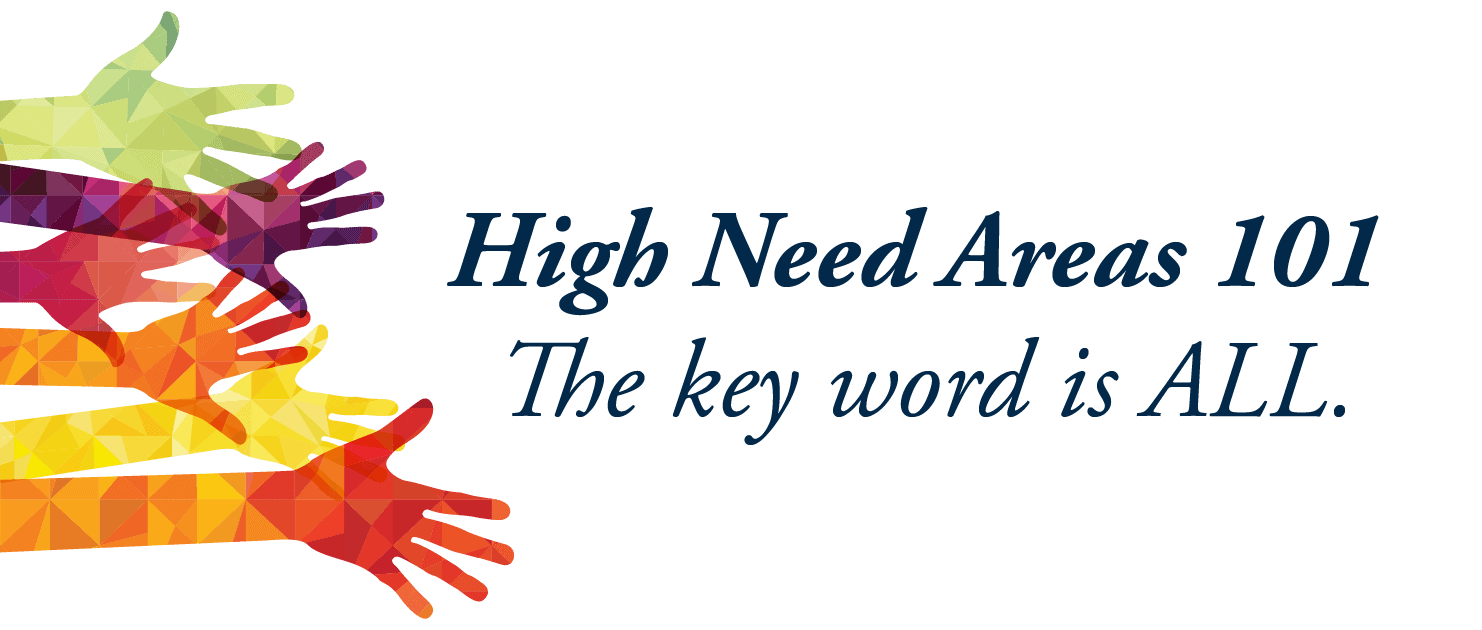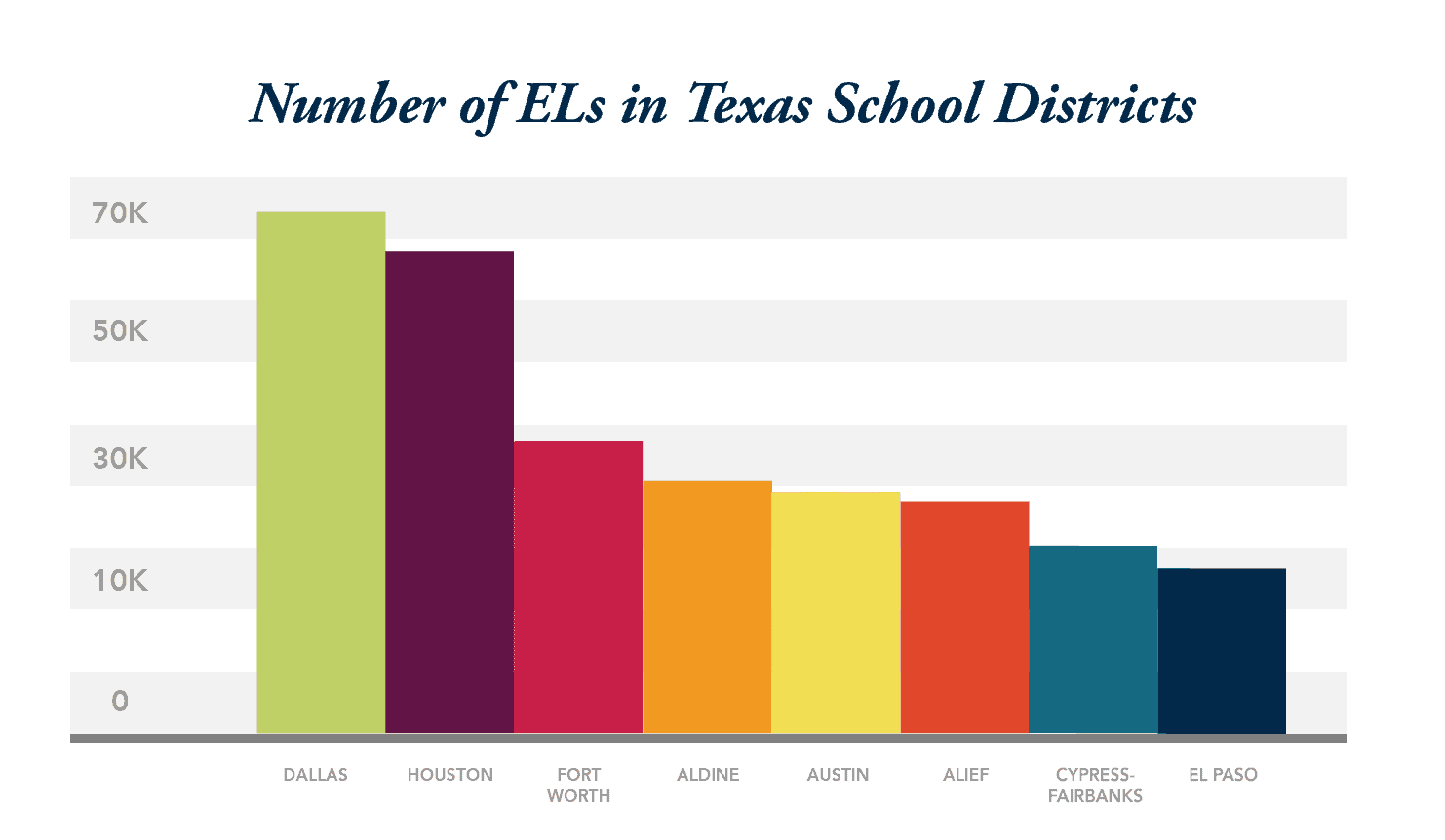
Chances are if you’ve been floating around somewhere in the teacher orbit, you likely agree with the proclamation that all students deserve great teachers. We’ve been working hard to give you the training you need to become the teacher they all need.
 Wherever you are in your teaching journey – whether you’re a casual lurker, the dream of becoming a teacher, are currently studying to become a teacher, or if you’re already a teacher – you’re probably aware that there is an ongoing teacher shortage. In fact, all 50 states report teacher shortages, meaning Texas is no exception.
Wherever you are in your teaching journey – whether you’re a casual lurker, the dream of becoming a teacher, are currently studying to become a teacher, or if you’re already a teacher – you’re probably aware that there is an ongoing teacher shortage. In fact, all 50 states report teacher shortages, meaning Texas is no exception.
The teacher shortage is real – there’s no dispute. Texas Teachers has worked diligently over the past 15 years to address this serious issue. Let’s circle back to the small word packed with a big significance: all. If serving the needs of all is the mission, we need to start by providing teachers to the populations who need them most. Within the teacher shortage in Texas, some areas are critically short. These areas are deemed “high-need subject areas.”

Every year, the Texas Education Agency analyzes the previous year’s student enrollment numbers, by subject area. These are contrasted with the number of qualified and certified teachers available for these students. When there are not enough teachers available, the underserved subject area earns a slot on the high-needs area list. If you’re curious, check out the historical data list of high-need subject areas in Texas over the past two decades. Spoiler alert: you don’t need to be a master puzzle solver to identify a pattern. As the list is released each year, the same subject areas seem to eternally repeat. This is a problem… one which we can solve together!
You have the power to remove a subject area from this list. Here at Texas Teachers, we help certify teachers in the following high-need subject areas:
- Bilingual Education (Elementary and Secondary Levels)
- English as a Second Language (Elementary and Secondary Levels)
- Special Education (Elementary and Secondary Levels)
- Mathematics (Secondary Levels)
- Career and Technical Education (Secondary Levels)
- Technology Applications and Computer Science (Elementary and Secondary Levels)
What exactly does pursuing a high-need subject area entail? For starters, high-need subject area teachers typically earn higher pay, get hired faster, and have job security. Let’s take a brief walk through each of the subject areas on the list:
Bilingual Education teachers are required to speak both English and another language. Perhaps this requirement sheds light on the reasoning behind the lack of teachers. That being said, the greatest need, is for Spanish-English Bilingual teachers. More than 7 million people in Texas are bilingual. If you’re one of them, become a bilingual teacher.
Unlike Bilingual Education, English as a Second Language (ESL) teachers only need to speak English. An ESL teacher works with students who may have limited English proficiency. The objective is to help students acquire the language. Becoming an ESL teacher only requires you to take a supplemental exam; it can be paired with any other subject area you’re pursuing.
If you’re confused about the differences between Bilingual Education and ESL, you’re not alone. Read more here to understand their differences.
Between Bilingual Education and ESL, our schools are flooded with students who need English language support. Take a look at the graph below, which illustrates how many school districts in Texas have more than 15,000 English Learners (ELs):

 Becoming a Special Education (SPED) teacher is arguably one of the most rewarding careers. SPED teachers work with students who have a disability. The objective is to ensure that the curriculum is accessible for these students who learn differently from their peers. This is the #1 requested list from Texas Teachers. Will your name be on this list?
Becoming a Special Education (SPED) teacher is arguably one of the most rewarding careers. SPED teachers work with students who have a disability. The objective is to ensure that the curriculum is accessible for these students who learn differently from their peers. This is the #1 requested list from Texas Teachers. Will your name be on this list?
If you’re interested in SPED and want to learn more info, join one of our FREE informational webinars.
As a Career and Technical Education (CTE) teacher, you work with students to develop various occupational skills. It is essential to prepare our students to enter the future workforce. These classes are often hands-on and strike a balance between academic and technical content.
For more CTE information, visit the TEA website.

You may have read this acronym before, but what does it mean and why is it important? STEM stands for Science, Technology, Engineering and Mathematics. It important because teacher shortages are reported for each subject area. The remaining two subject areas on our high-needs list fall under the umbrella of STEM. Read on for a brief overview of each.
The key responsibility of a mathematics teacher is to teach general and advanced math topics to students. There is an important difference between knowing how to do math and knowing how to teach math. If you have a knack for explaining sticky concepts, consider becoming a mathematics teacher. As you can clearly see in the chart below, mathematics has been on the high-need shortage area list for over a decade. It’s time to disrupt the cycle.

By now, it is abundantly clear that technology is not going anywhere. In fact, it is quite the opposite. The future of our students will likely incorporate more technology than ours. From an early age, children interact with technology daily. As their teacher, you will work with students to learn how to use technology in various capacities to address and solve real-world problems.










